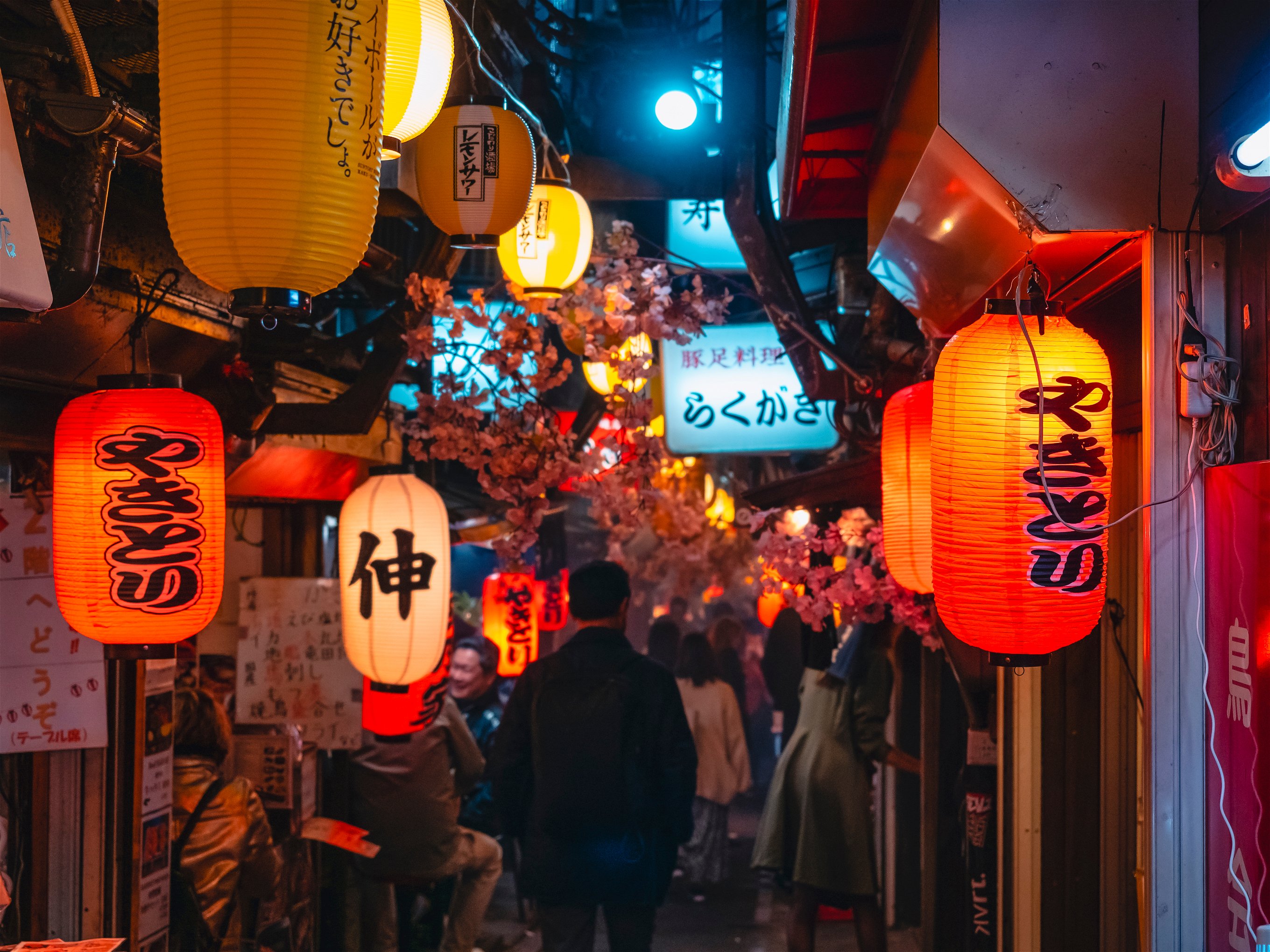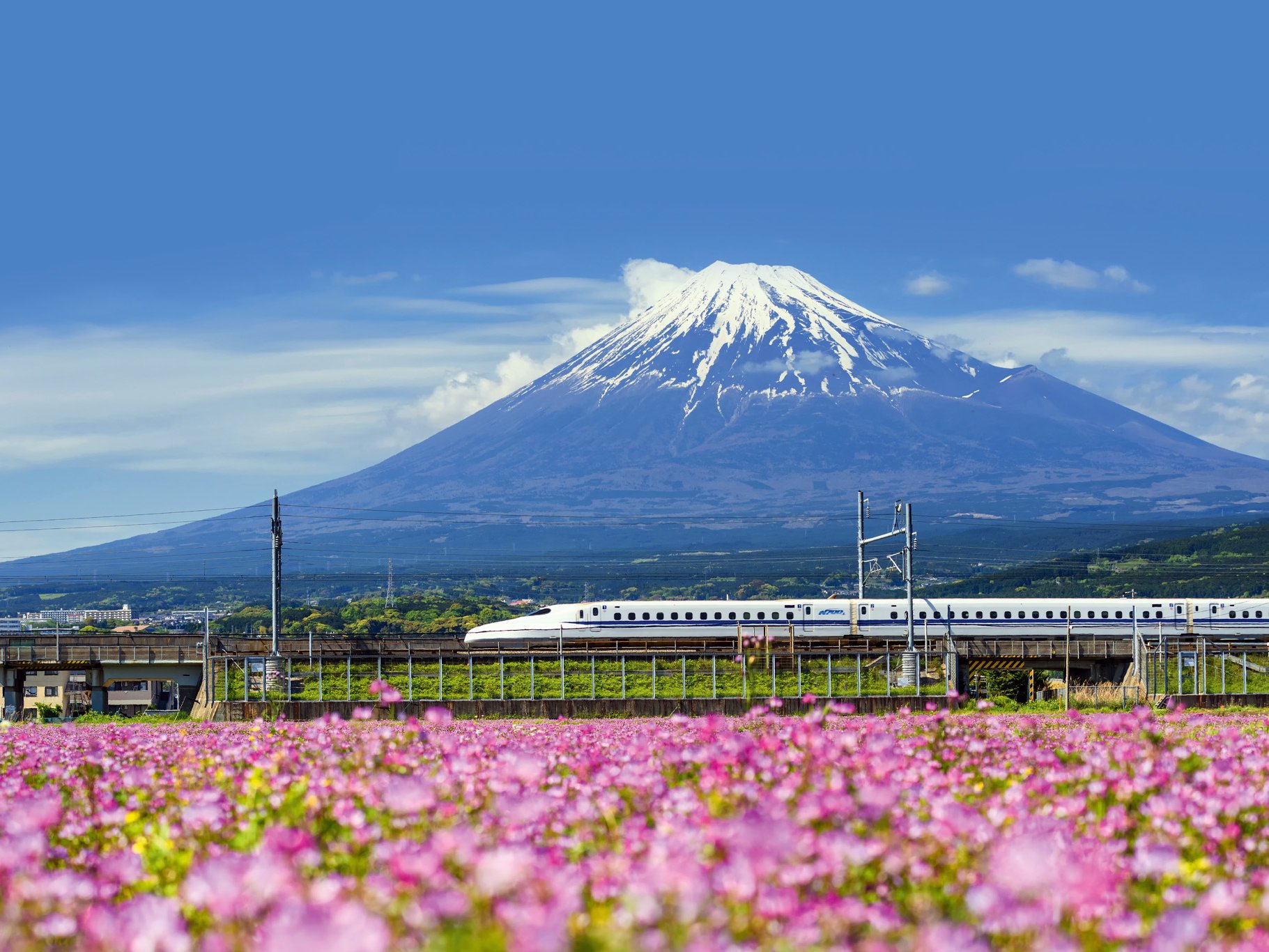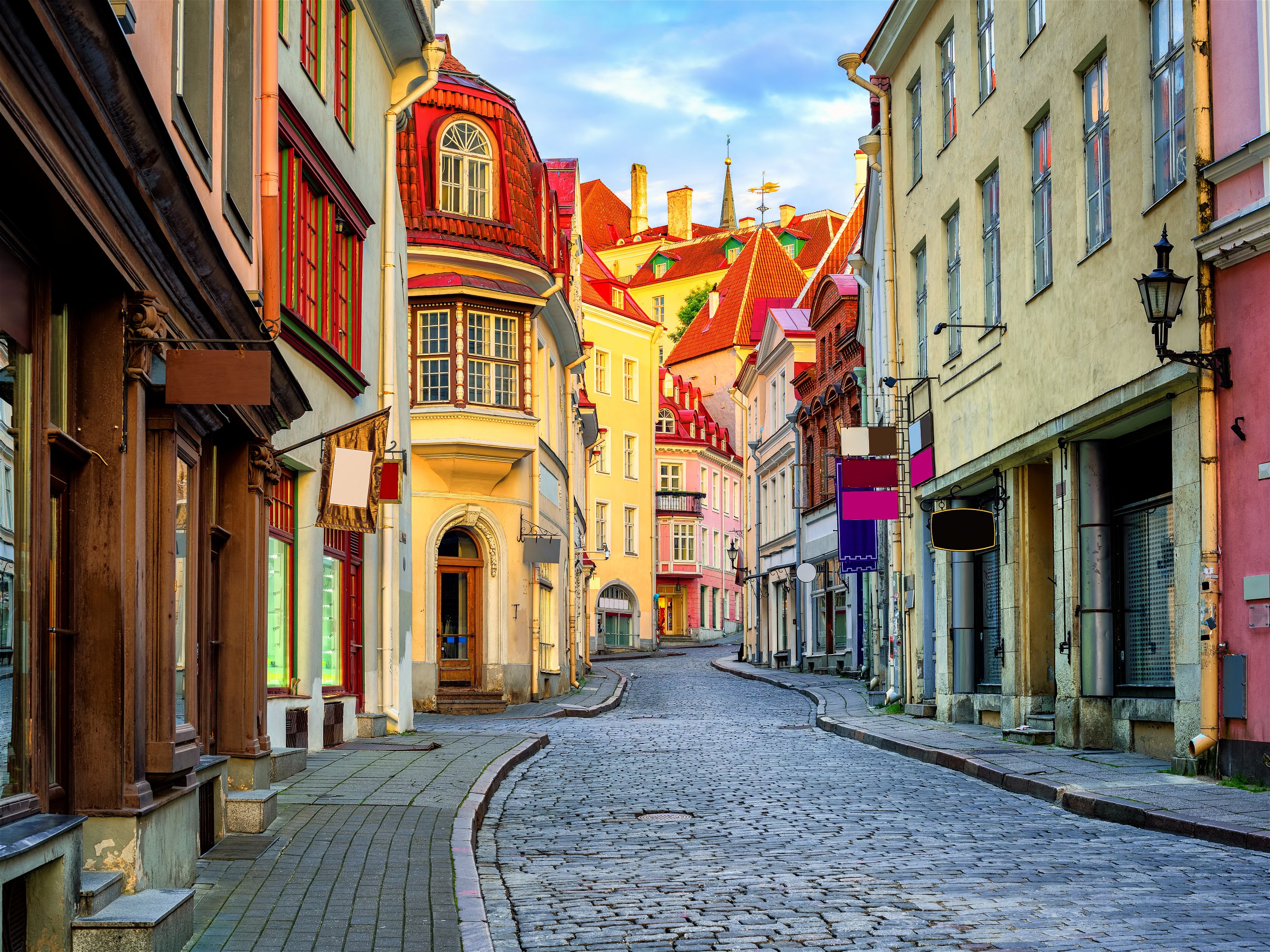Overtourism – the modern-day scourge on two fronts
Attractions like the bridge over River Kwai show the impact of excessive tourism.
Joni Mitchell, in her 1970 song “Big Yellow Taxi”, sang, “You don't know what you got till it's gone”, following her visit to Hawaii. We’ve all seen it for ourselves, the effects of overtourism has, not only on the attractions and the environment around them but also on fellow tourists visiting those attractions. And there is also an undertourism to factor in as well.
Overtourism, as the term suggests, is an excess of tourists to the detriment of a particular location or attraction. “Undertourism” occurs where there are several or multiple attractions in one location. The distribution of tourism, whether through lack of visitor interest, cost or simply visitor laziness, causes an unequal spread of that tourism.
A perfect example of overtourism is the famous bridge over River Kwai in Kanchanaburi, Thailand, some 125km from Bangkok. The bridge, infamous as the “death railway” crossing used by Japan during World War II, is a very popular destination for tourists.
Renovated and restored by the Thai government in 1946, the bridge still carries tourist trains across it, and it has a narrow walkway that people can use to make a crossing on foot. However, it becomes extremely overcrowded, and anyone making their pilgrimage for more historical rather than tourist reasons will find it almost impossible to take an atmospheric photograph as a reminder of their visit. While it is an undeniable right for anyone to visit, between loudly-dress tourists, people pushing youngsters in buggies and tourist groups travelling in packs, those wishing to visit for more historic reasons will find the altruistic agenda of others quite intrusive.

Cemeteries and nightmares
Meanwhile, the Don Rak or Kanchanaburi War Cemetery and museum in close proximity to the bridge is completely “under-toured” in relation to the bridge. It is otherwise an extremely important World War II-related location. Here, the remains of the prisoners of war who had died while building the railway are buried in a very ordered, well-tended and serene cemetery. And in the incredible off-site museum nearby, visitors can gain a deep insight into the infamous horrors surrounding the bridge and railway. Sadly, it attracts, at most, 10 to 15 per cent of the tourists who visit the bridge.
The natural wonder of the world Niagara Falls is another first-class attraction that has been blighted by overtourism, and believe it or not, the Americans can’t be blamed for it. The USA side of the falls is a wonderful, state-regulated park. However, attempt to take a photograph from the American side of the falls towards Canada, and you’ll find you’ll be reaching for your photo-editing software at home to remove the high-rise modern hotels and apartments, casinos, hotels, towers and altogether tacky neon signs overlooking the falls. Night-time panoramas are akin to a nightmare, turning the vista into a city scene that just happens to have a large waterfall below it.
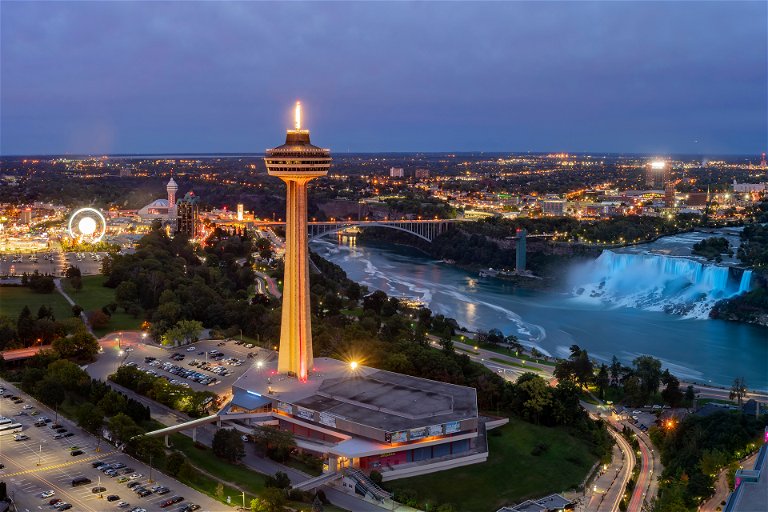
The weight of selfie-sticks
Venice, the romantic Italian city of 118 islands connected by canals (the English city of Birmingham has more canals than Venice) and magnificent architecture, is another destination blighted by tourists. It is slowly sinking into the sea from the weight of tourist selfie-sticks alone. The central square, Piazza San Marco, featured in so many blockbuster films over the years, sees the famous St. Mark’s Basilica, with its Byzantine mosaic tiles, as well as the Campanile bell tower with views over the city’s red roofs.
You will struggle to find your own quiet space to imbibe the atmosphere, you will baulk at the prices charged for refreshments, and if you want to take a scenic photograph over the Venetian lagoon it might include a behemoth of a cruise ship in the background. But Venice has now banned the very big cruise ships from the immediate environs of the city. Huge ships are not allowed to use the Giudecca canal; only small ferries and freight vessels can use the canal now.
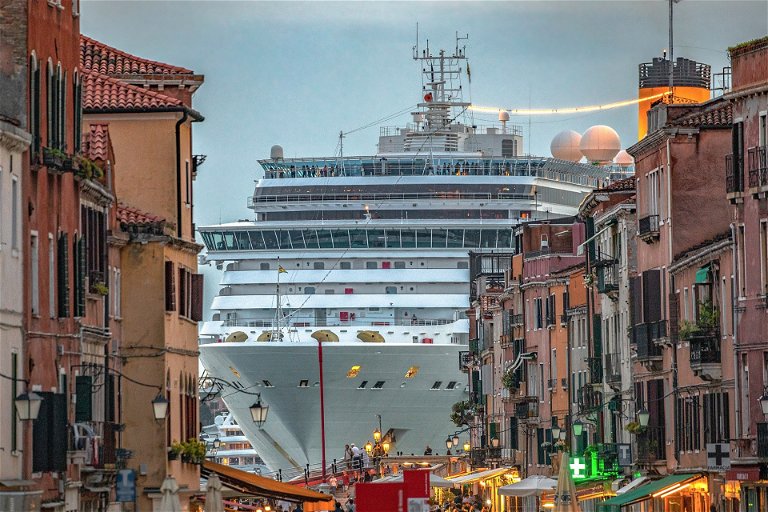
The effects of overtourism
It is gratifying to know that some tourist destinations are no longer thinking short-term about money. They have realised – some too late – the detrimental effect overtourism can have on their local environment and, despite the financial ramifications, have acted on it. These include, among many:
- As a short-term visitor to Venice, expect to pay around €10 to enter the city as part of its fight back. This fee might be introduced in 2023.
- Machu Picchu has imposed strict time slots, advance ticket purchases, and limits on the number of visitors.
- Cozumel, an island off the Yucatan peninsula in Mexico, has instituted measures to protect its fragile coral reefs.
- The Thai tourist haven Maya Beach featured in the Leonardo DiCaprio movie “The Beach” has been closed.
- Antarctica has limited the number of people allowed on shore to 100 at a time, and any ships carrying more than 500 passengers are not permitted at any landing sites.
- The stunning Boracay beach in the Philippines now has restrictions in place limiting the number of tourists at any one time.


